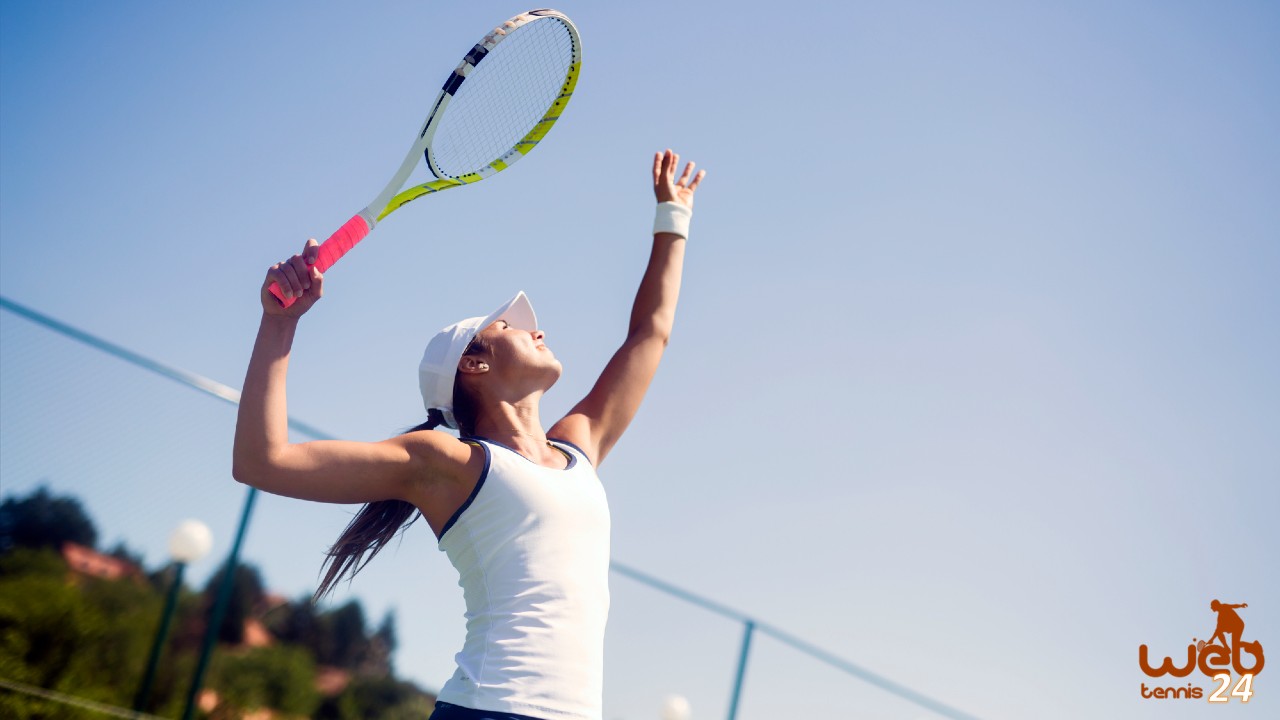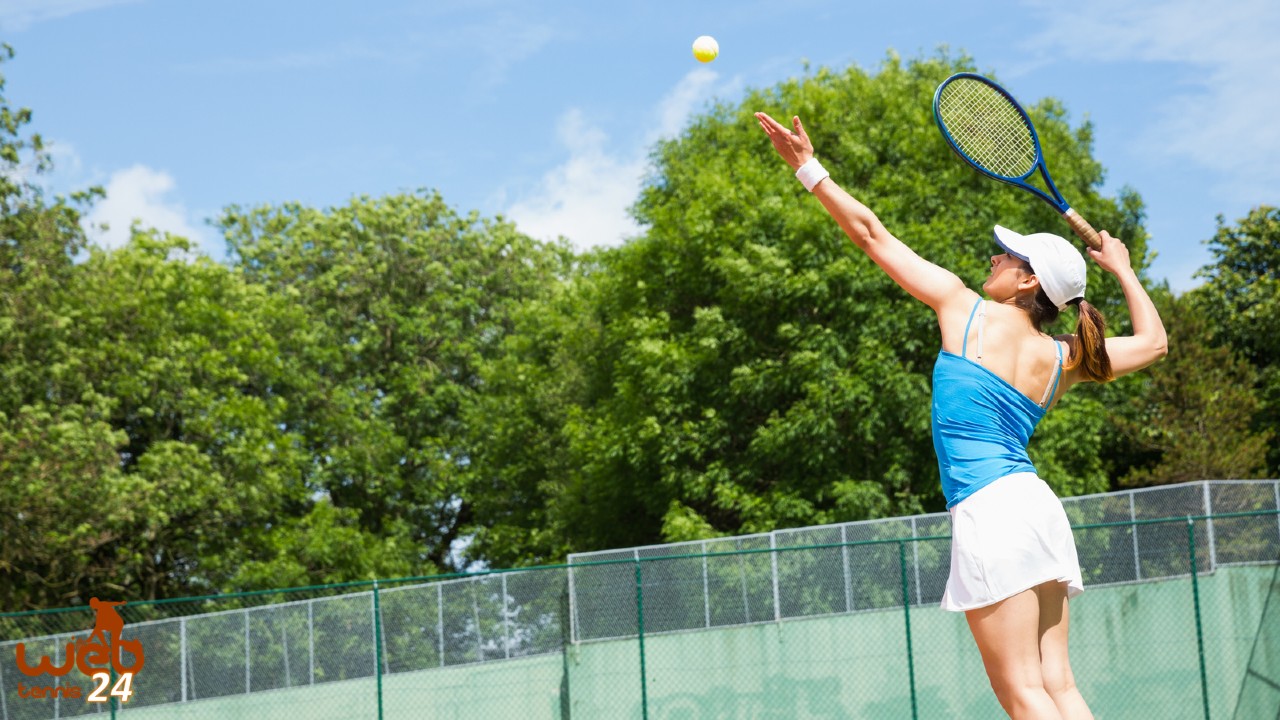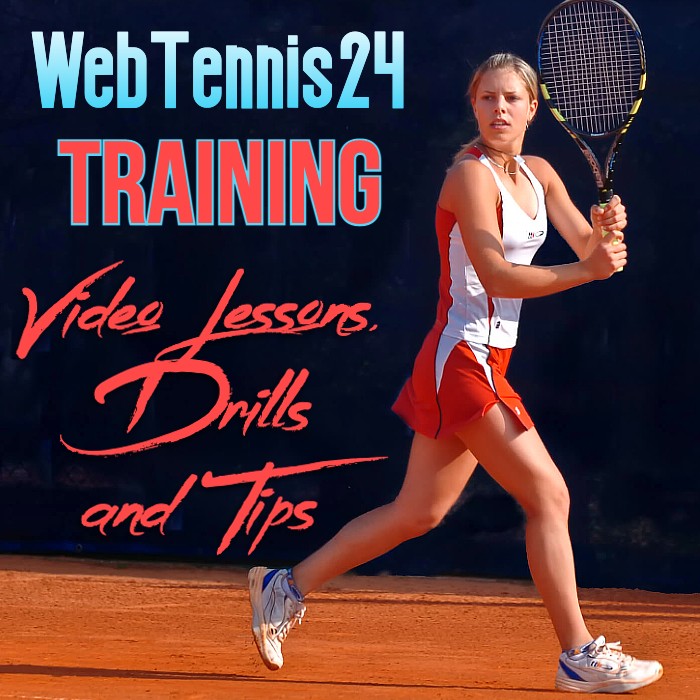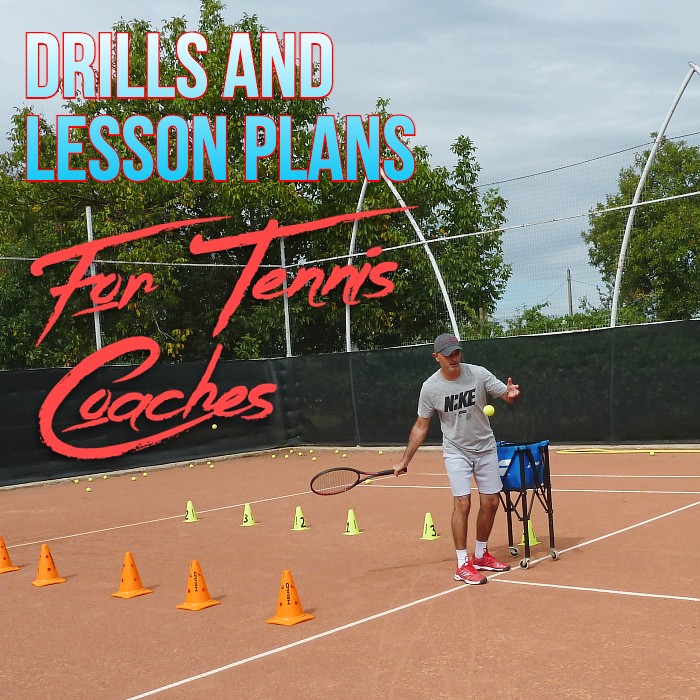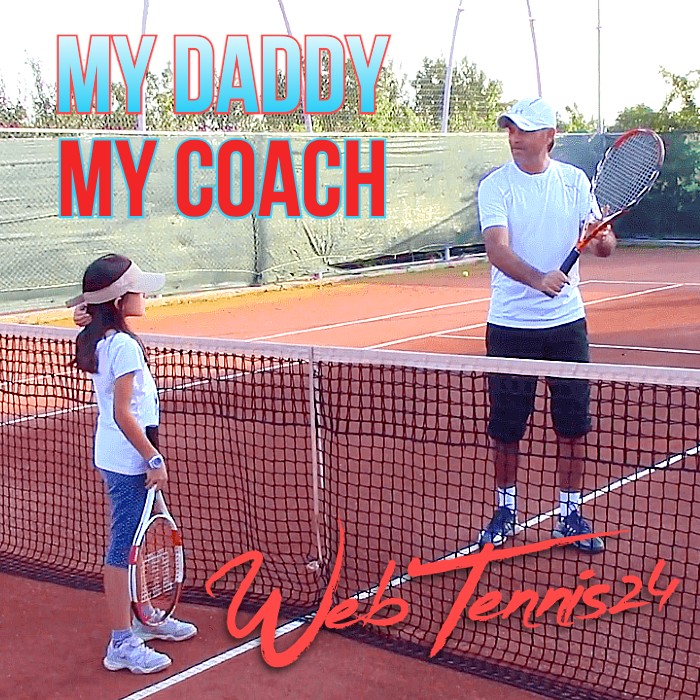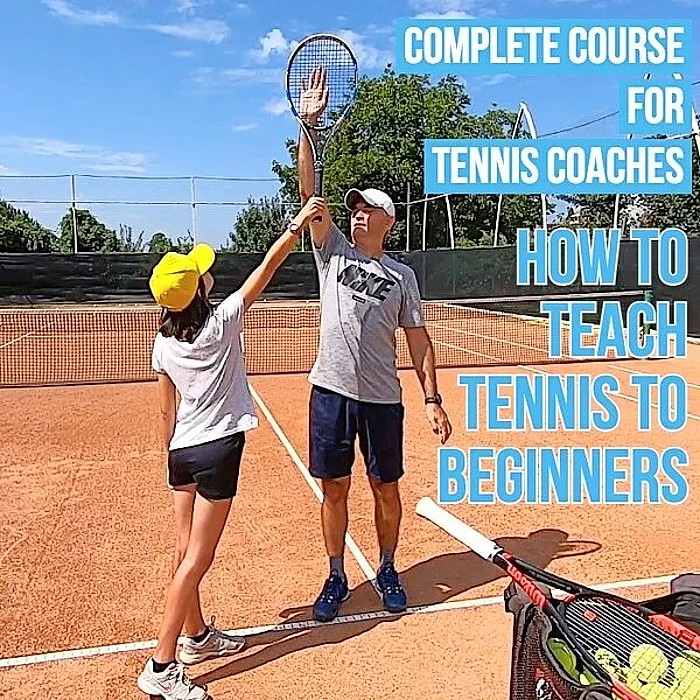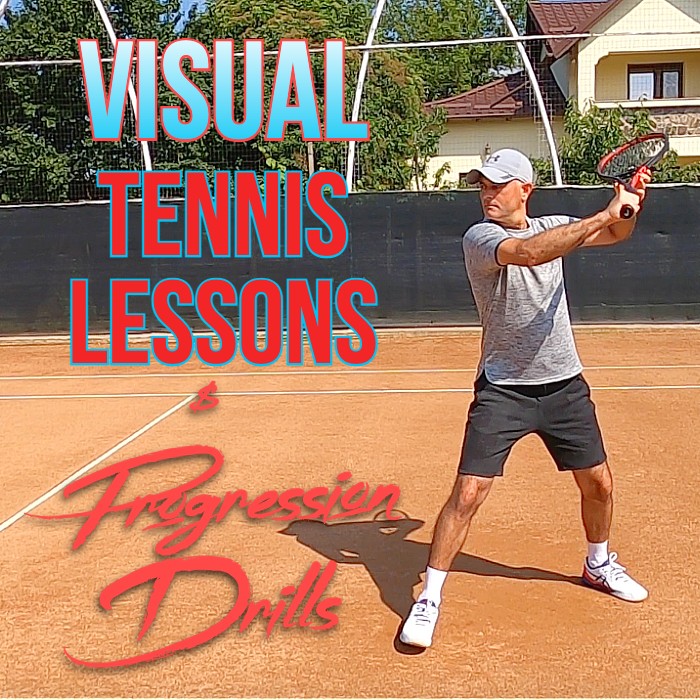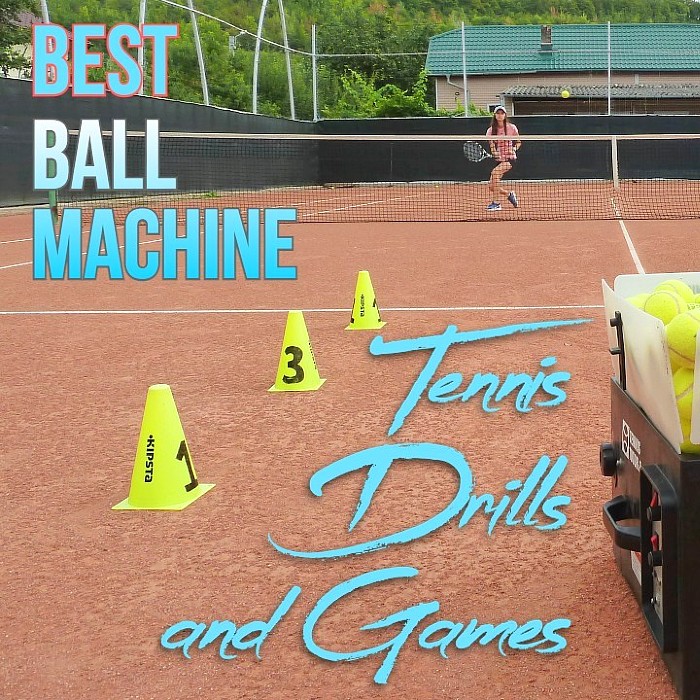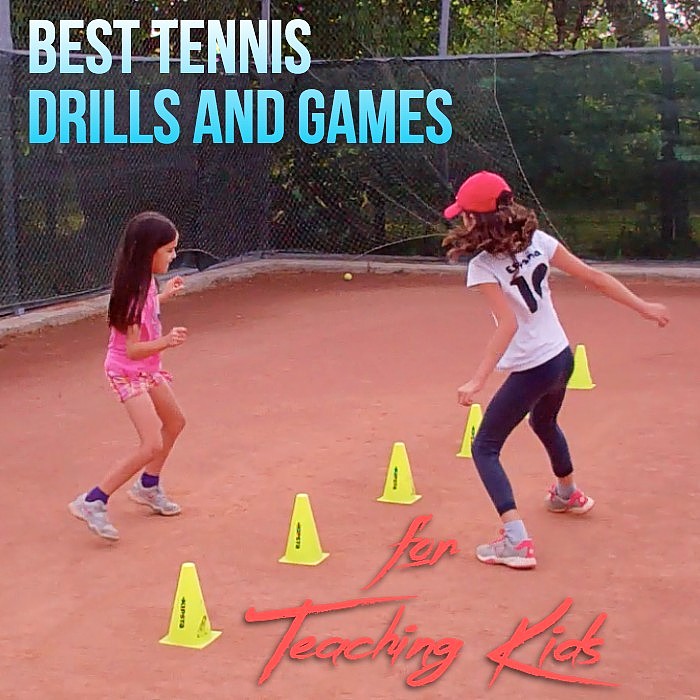First Steps of the Serve Return
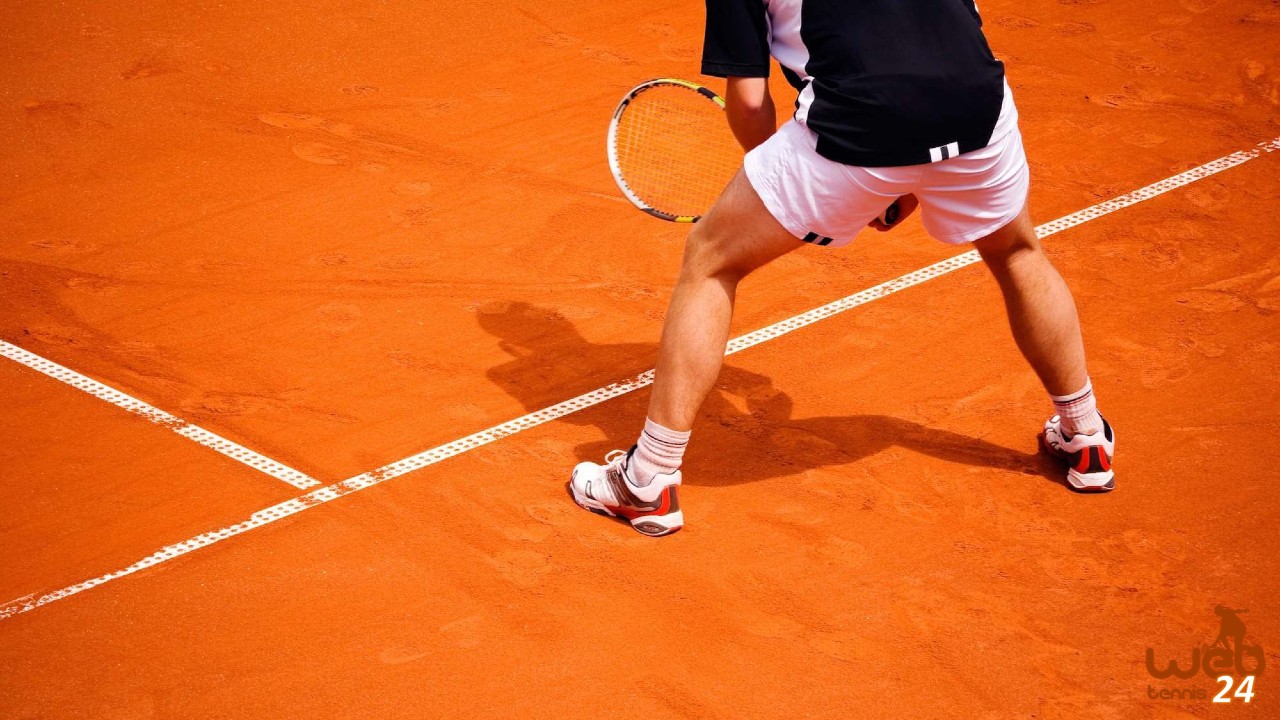
Many variables must go together in putting the ball in play against your opponent’s serve, but in this short article, we’ll only focus on preparation and footwork. If you get these two right, the rest should follow.
Serve Return Preparation
– Get the most comfortable ready position grip – the one that allows you to switch quickly between forehand and backhand (I am not going to advise you in this regard because you will have to find what grip works best for you).
– Bodyweight should be evenly distributed on the balls of your feet.
– Pay attention to your opponent and try to figure out (based on their toss and racquet path) what kind of serve (spin-wise) they intend to deliver.
– Position yourself in a place that is halfway between your opponent’s possible angles, or open up your strong side to invite the server to deliver toward it (this could be a tricky one and you should be ready to quickly cover it if the serve goes there).
Serve Return Footwork and Body Balance
– As the server begins tossing the ball, you should make a “comfortable” step forward followed by a split step.
This initial step-up will get the body moving into the incoming ball and the split step will get you balanced and ready to spring into the direction of the serve.
– Right after the split step, you should load the foot closer to the trajectory of the incoming ball, even stepping into it with the other foot to cover the distance.
There is so much more (mentally and physically) that goes into a successful return of serve but for now, go out on the tennis court and practice these tips.

Cosmin Miholca
Certified Tennis Coach
Check out my work at WebTennis24 where I share with you my best video tennis lessons, drills and tips for players, coaches and tennis parents.

